Essential Guide to Food Allergen Labelling: Compliance, Best Practices, and Industry Insights
Allergen labelling is a crucial aspect of food packaging, ensuring consumer safety and informed choices, especially for individuals with food allergies or intolerances. The cornerstone content for your blog post on allergen labels can cover the following headings based on the information gathered from various sources.
What is Food Allergen Labelling and Why is it Important?
Food allergen labelling refers to the mandatory practice of highlighting the presence of certain allergens in pre-packaged foods. This is vital as it helps people with allergies or intolerances avoid potentially harmful or life-threatening reactions. The importance of accurate allergen labelling is underscored by legislative requirements, such as Natasha’s Law in the UK, which mandates clear allergen information on packaging to protect consumers.
Which Allergens are Required to be Displayed?
In the UK, there are 14 allergens that must be declared on food labels. These include celery, cereals containing gluten (wheat, rye, barley, oats), crustaceans, eggs, fish, lupin, milk, molluscs, mustard, nuts, peanuts, sesame seeds, soya beans, and sulphur dioxide or sulphites at certain levels.
How Should Allergens be Displayed on Food Labels?
For prepacked foods, allergens must be emphasised in the ingredients list, typically using a different font, style, or background colour. For prepacked foods for direct sale (PPDS), which includes items like sandwiches or salads made on the premises, the label must include a full ingredients list with allergens emphasised within it.
What is Precautionary Allergen Labelling and When Should it be Used?
Precautionary Allergen Labelling (PAL) is used to indicate the potential unintentional presence of allergens in food products due to cross-contact. It’s not legally required but is important for managing allergen risks. PAL should be based on a thorough risk assessment and applied when there’s a genuine risk of allergen cross-contact that can’t be eliminated.
Are There Any Exemptions for Food Allergen Labelling?
Non-prepacked foods, which are not in packaging or are packaged after being ordered by the consumer, do not require a label with name, ingredients, and emphasised allergens. However, allergen information must still be provided, which can be done through other means, including orally.
Things People Might Not Realise Contain Allergens
Some unexpected sources of allergens can include additives, processing aids, and other substances present in the final product. Consumers might not be aware that these components can contain allergens, highlighting the importance of thorough labelling.
Using ‘Free-From’ Claims in the UK
Making ‘free-from’ claims requires strict control of ingredients and preparation to ensure the absence of the specified allergen. It’s essential to avoid cross-contamination to legitimately make such claims. For instance, in a kitchen handling wheat flour, if the risk of cross-contamination can’t be eliminated, gluten-free or wheat-free claims should not be made.
In the UK, allergen labelling for food manufacturers is governed by specific regulations. Key aspects include:
- 14 Main Allergens: UK regulations specify 14 main allergens that must be declared on food labels. These include celery, cereals containing gluten, crustaceans, eggs, fish, lupin, milk, molluscs, mustard, tree nuts, peanuts, sesame seeds, soybeans, and sulphur dioxide and sulphites at certain concentrations.
- Allergen Labelling Requirements: For pre-packed food, allergenic ingredients must be emphasized every time they appear in the ingredients list, which can be done through bold text, contrasting colours, or underlining. Additionally, clear references to the allergen must be made for certain ingredients (e.g., tofu (soya), tahini paste (sesame), whey (milk)).
- Precautionary Allergen Labelling (PAL): PAL is used when there’s a risk of allergen cross-contamination and should only be applied after a thorough risk assessment. It should not be used alongside a ‘free-from’ claim for the same allergen. PAL is not a substitute for good food hygiene and safety practices. For non-prepacked foods, precautionary allergen statements do not need to be on a label but can be communicated by other means, such as verbally by staff or through signage.
- Managing Allergen Cross-Contamination: Effective management of allergens in food businesses is crucial. This involves having good food preparation and hygiene practices to avoid cross-contamination. Strategies include dedicated storage and production areas for allergenic products, use of dedicated equipment and utensils, and effective cleaning regimes.
- Legislative Framework and Compliance: The legislative framework for providing food allergen information in the UK is largely contained in retained Regulation (EU) No. 1169/2011 (for England and Wales) and Regulation (EU) No. 1169/2011 (for Northern Ireland), known as the Food Information to Consumers (FIC). The Food Information Regulations 2014 (FIR) establish the enforcement measures for FIC. These regulations impose a duty on food businesses to ensure that all mandatory food allergen information is accurate, available, and easily accessible to the consumer.
- Updated Guidance: The Food Standards Agency (FSA) has updated its guidance on allergen labelling. This update clarifies when precautionary allergen labels should be used and provides information to help businesses manage allergens effectively.
These points highlight the importance of compliance with specific regulations regarding allergen labelling in the UK, emphasising the need for thorough understanding and implementation of these rules to ensure consumer safety and avoid legal non-compliance.
This information forms a comprehensive guide for your blog post on allergen labelling. Each section addresses key aspects of allergen labelling, their importance, regulatory requirements, and best practices for food businesses, providing valuable insights for PID Labelling’s clientele.
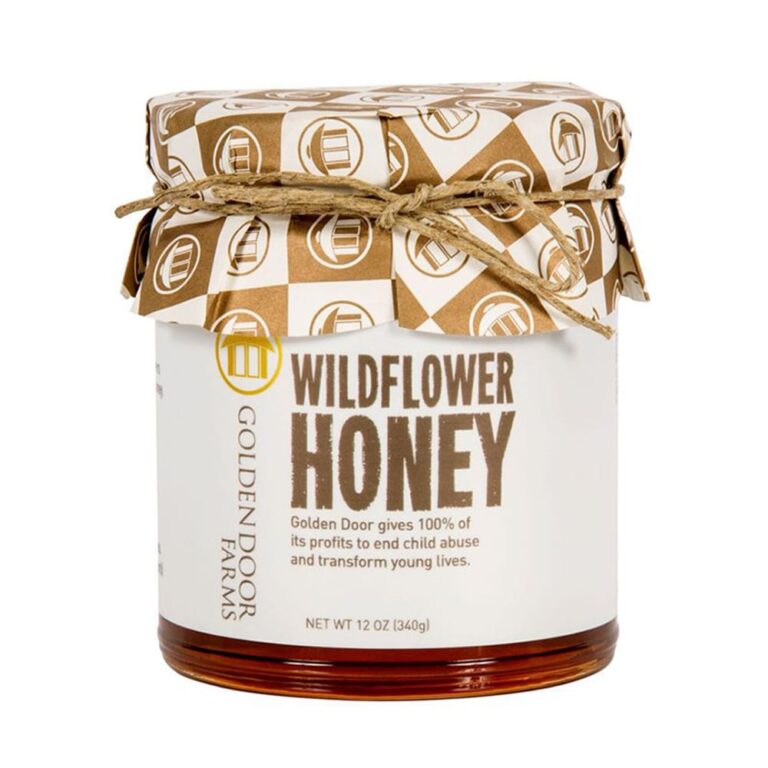
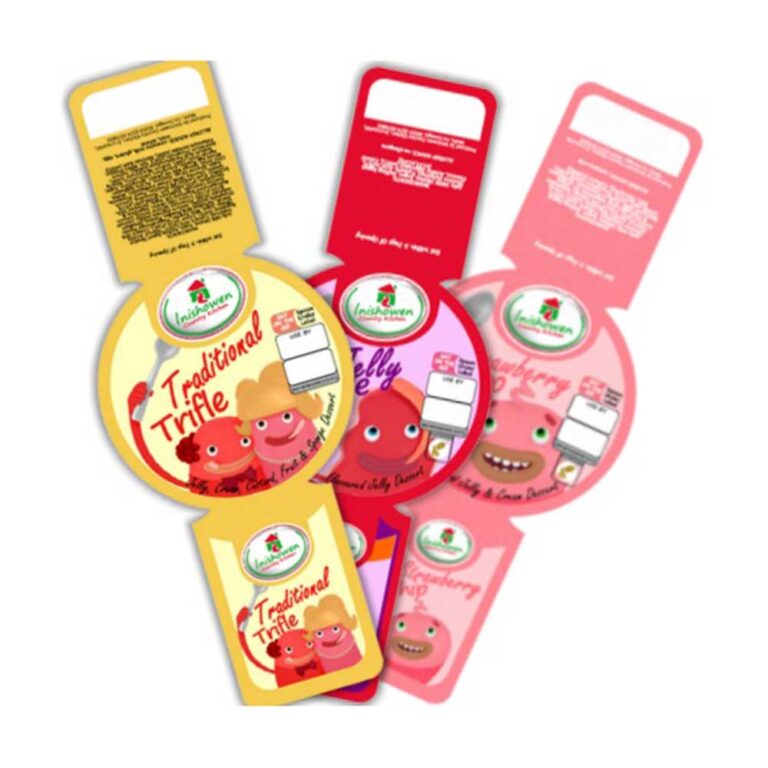



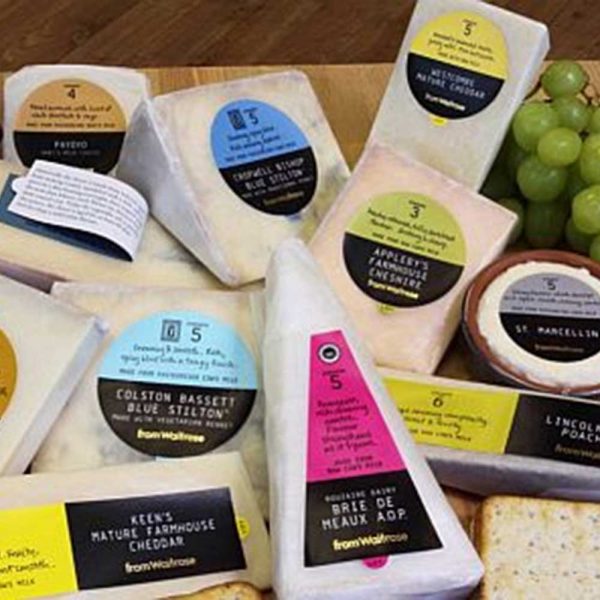

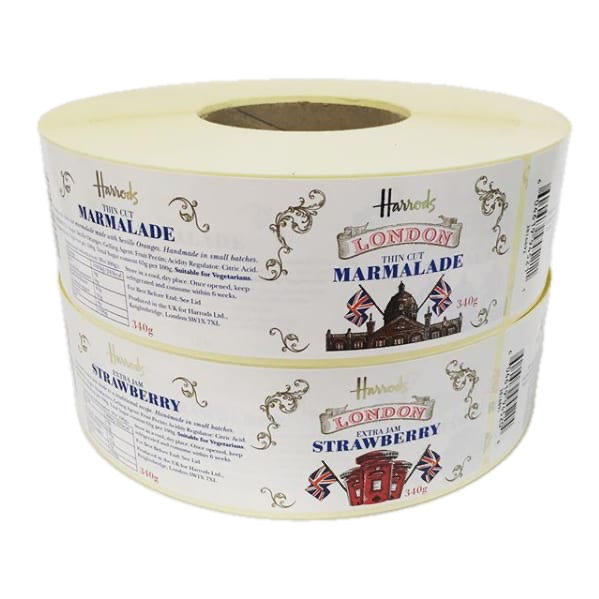

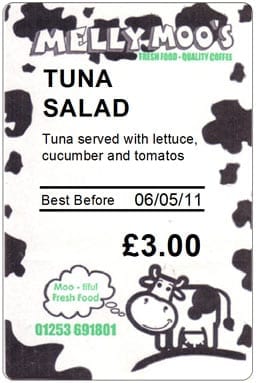
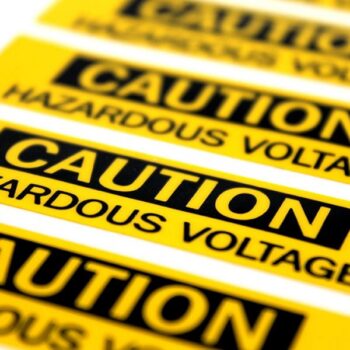
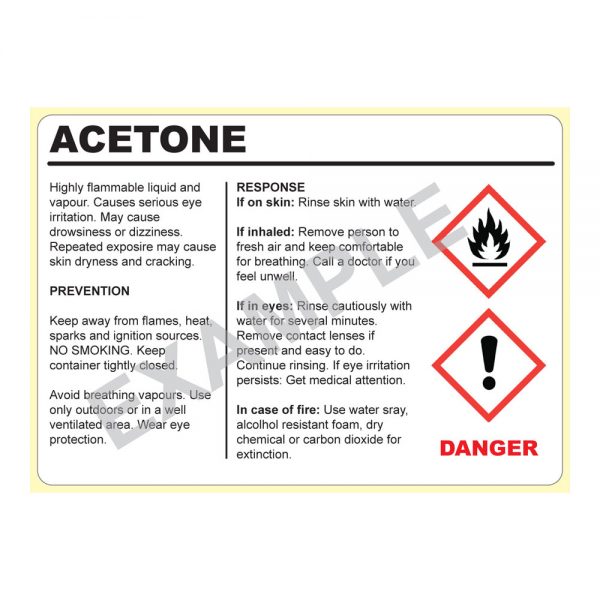
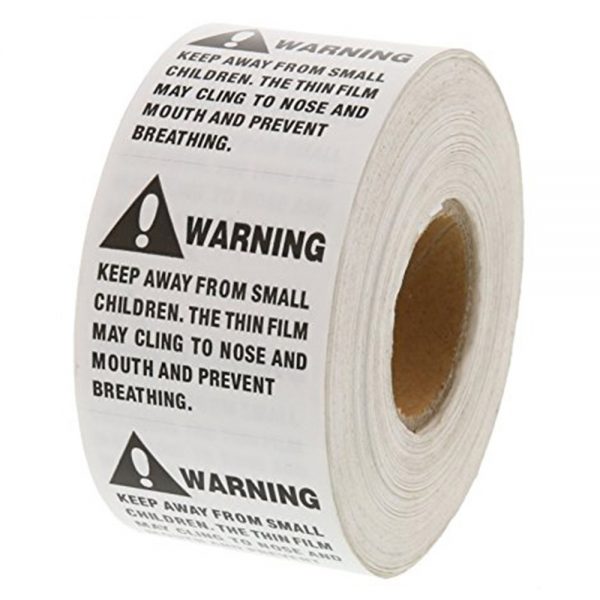
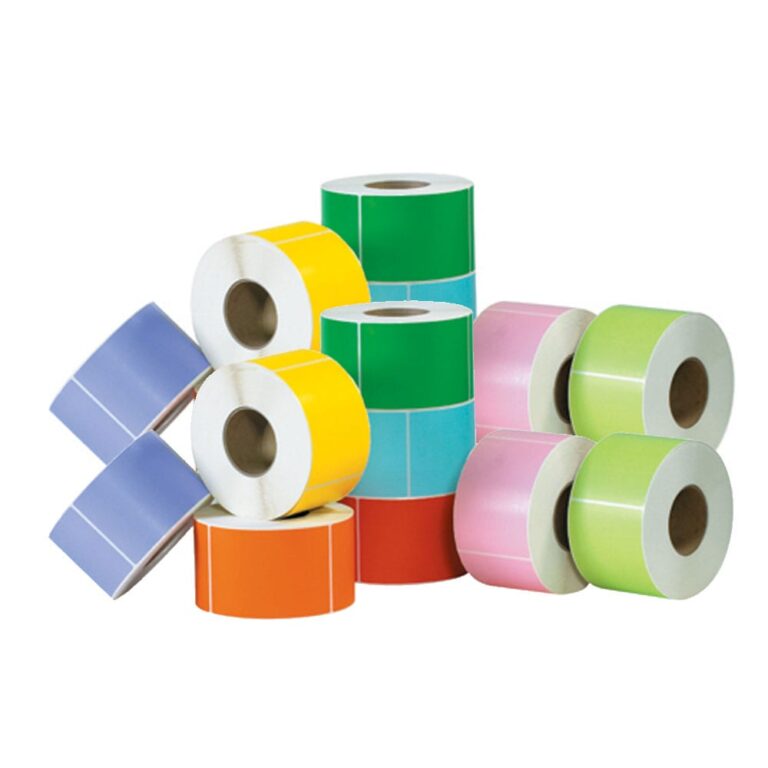
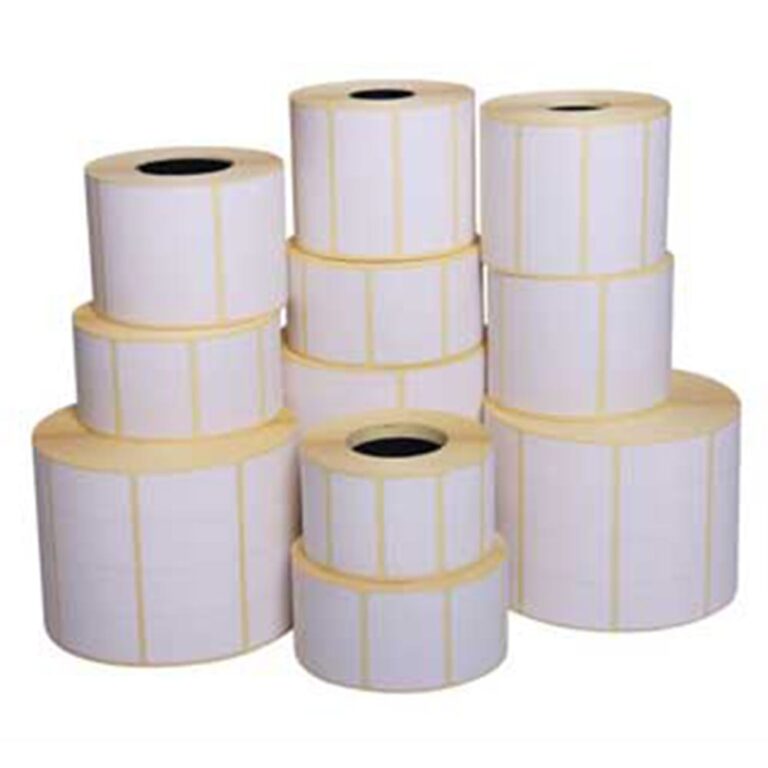
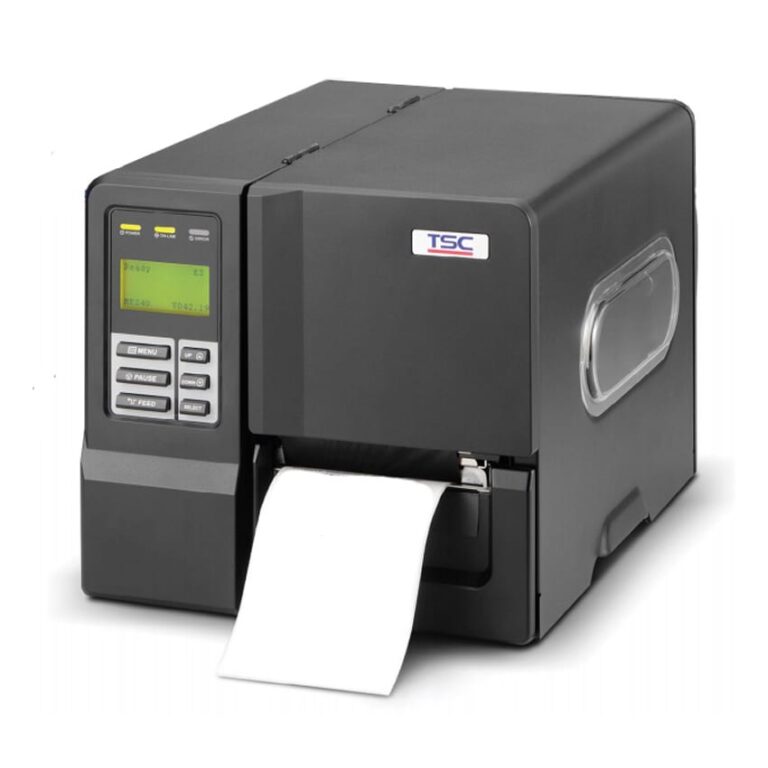
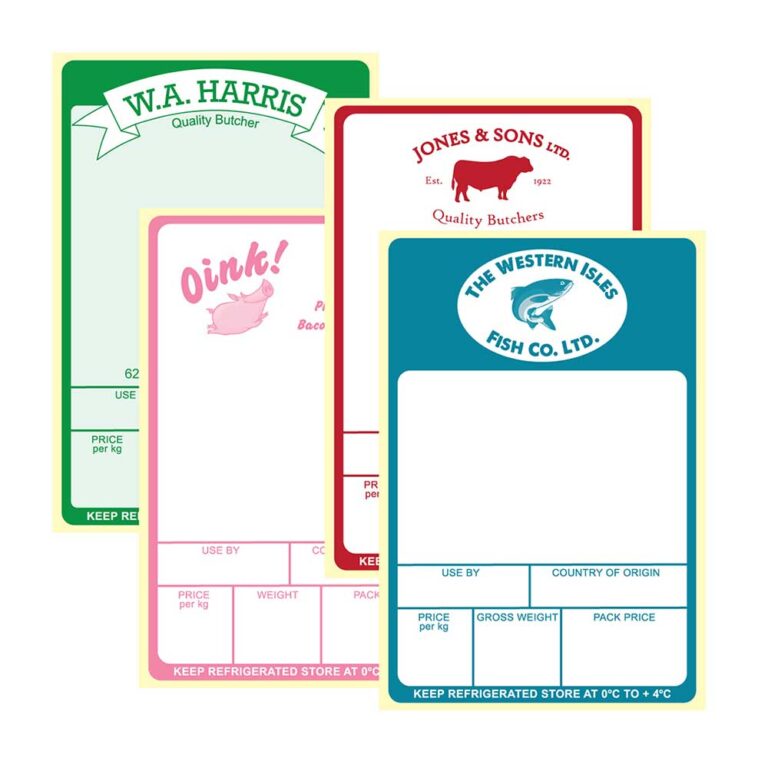
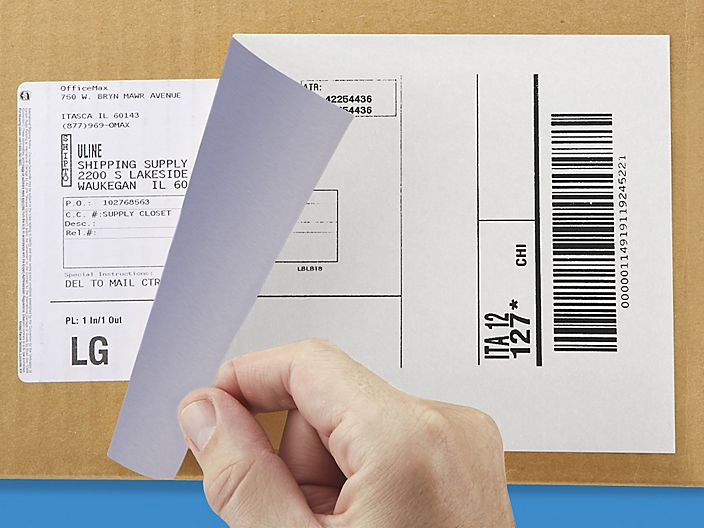

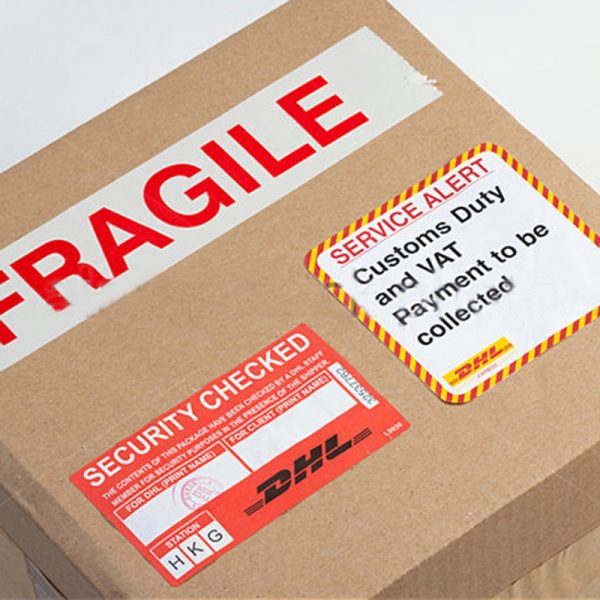



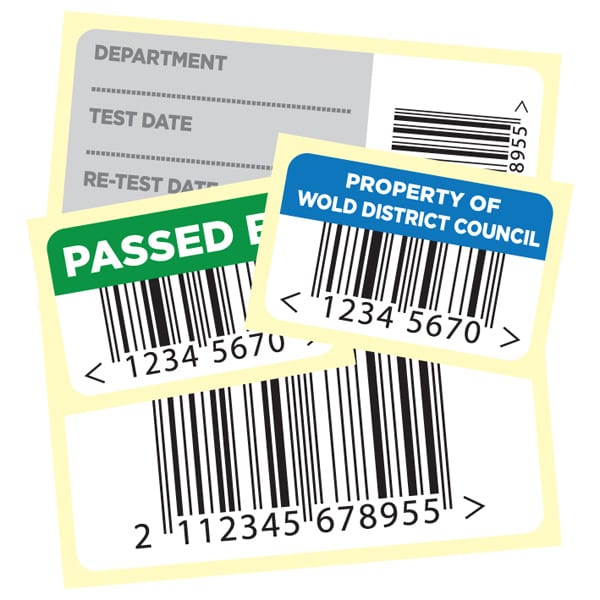
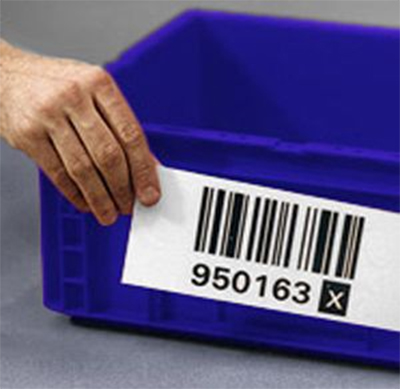
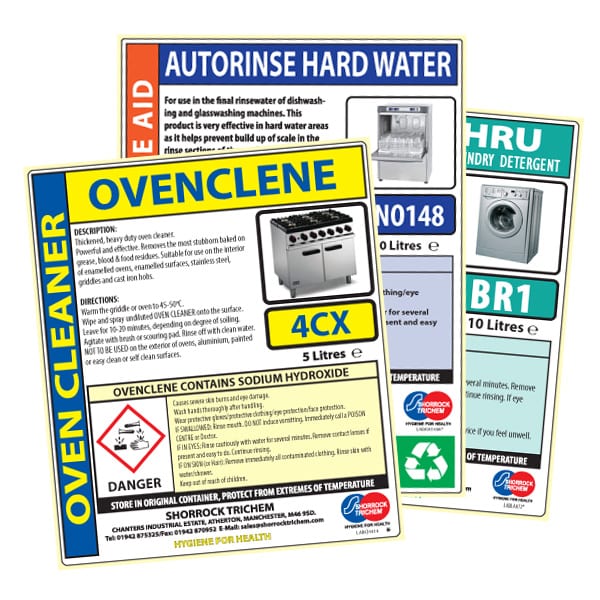
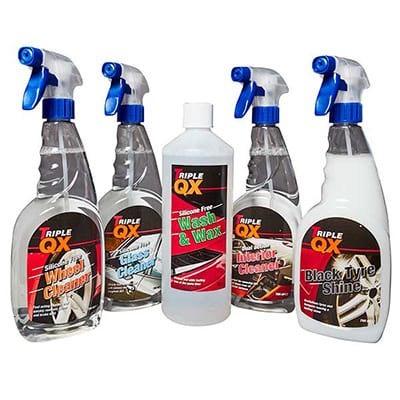

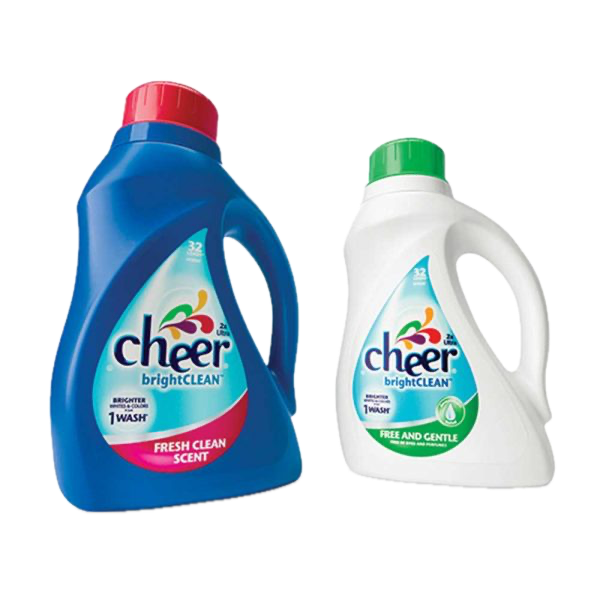















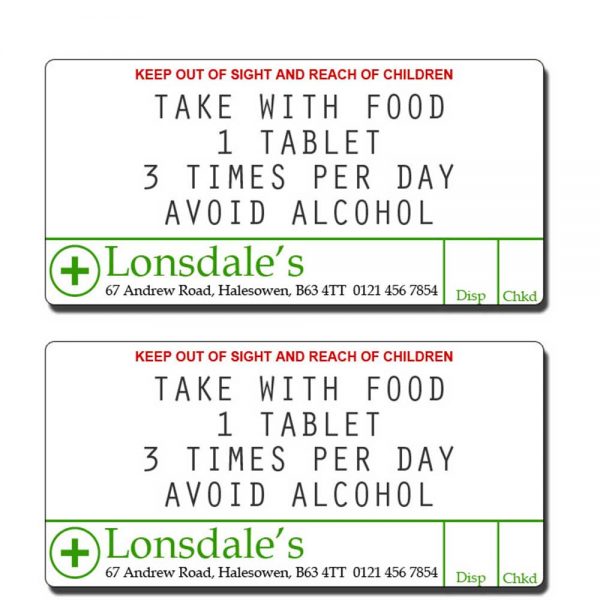








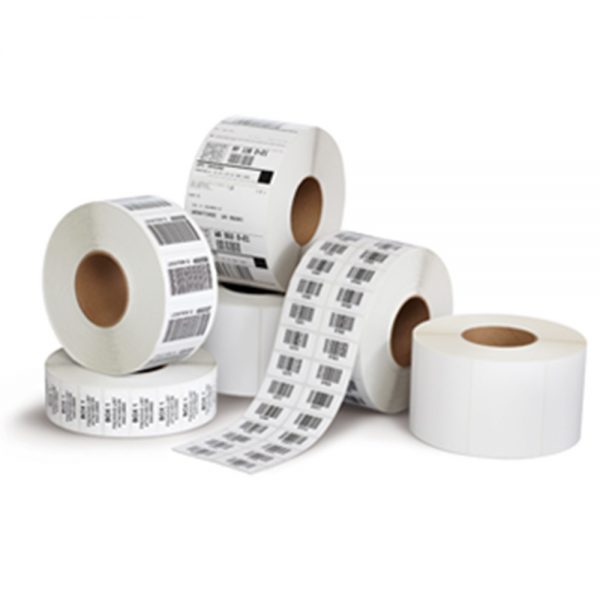
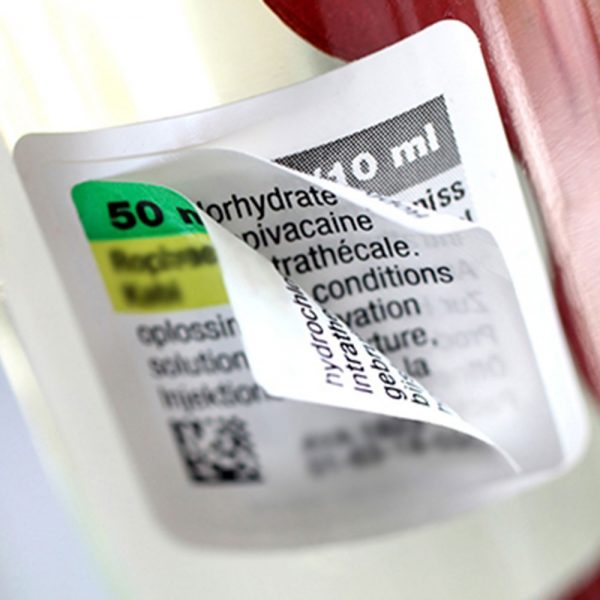

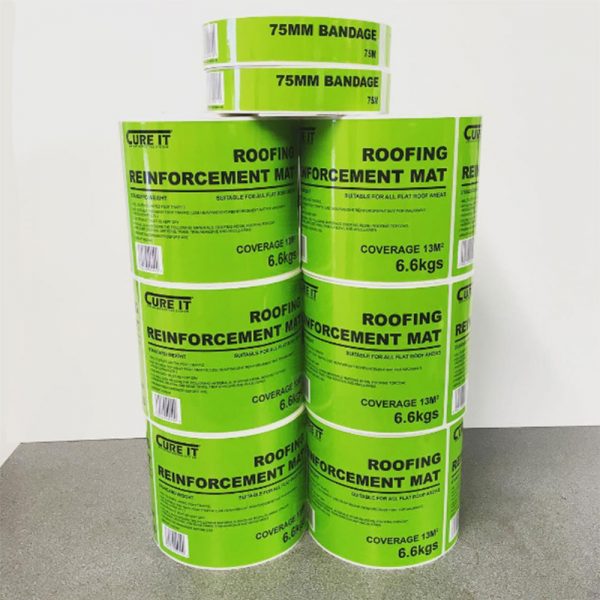
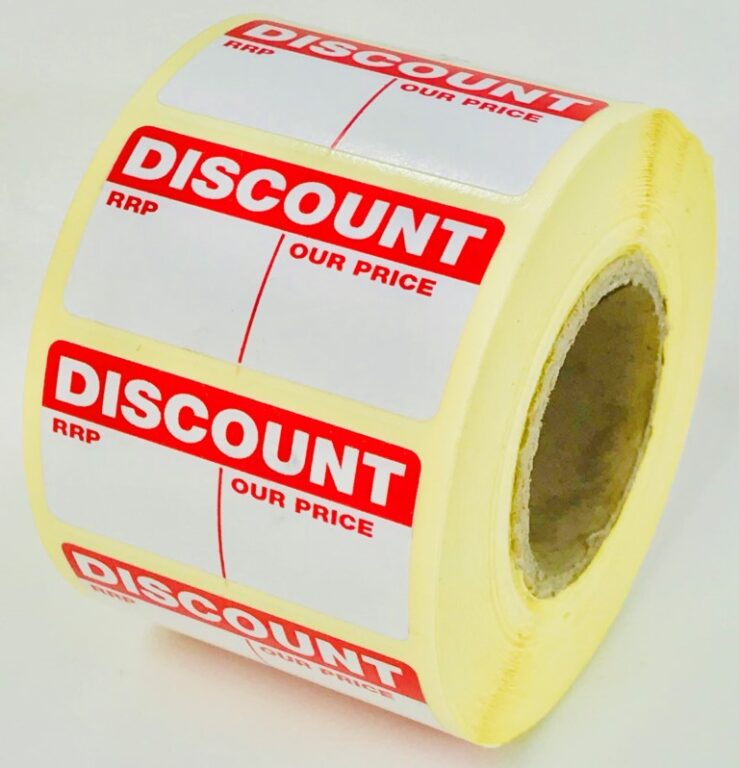

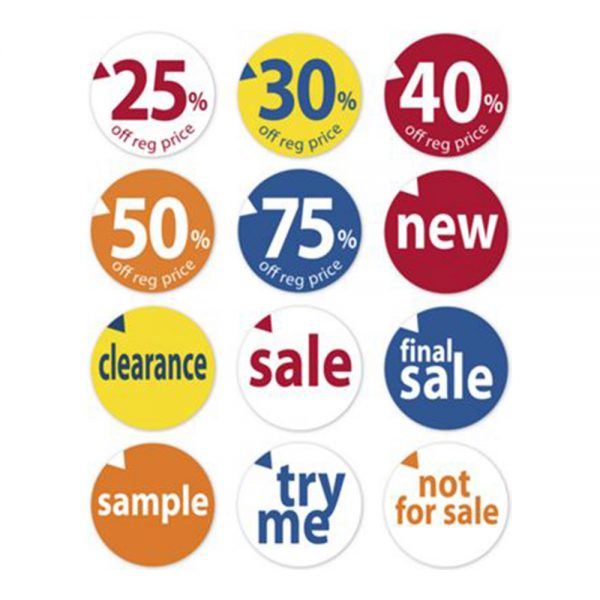


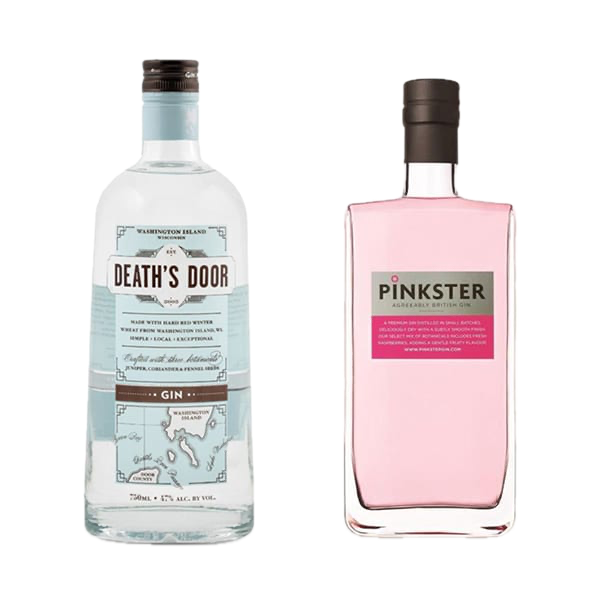
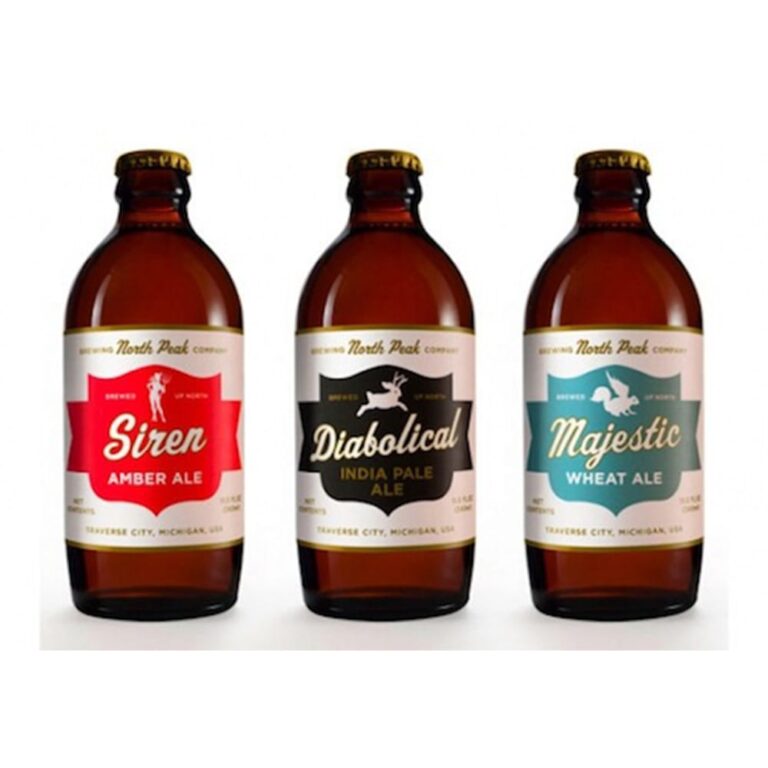
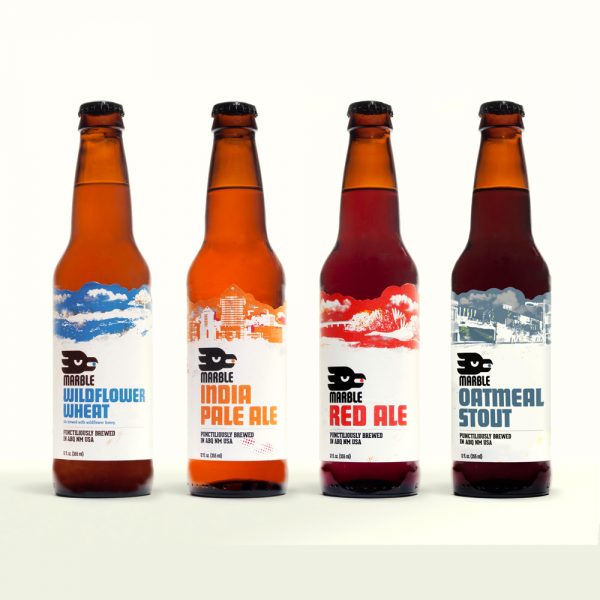





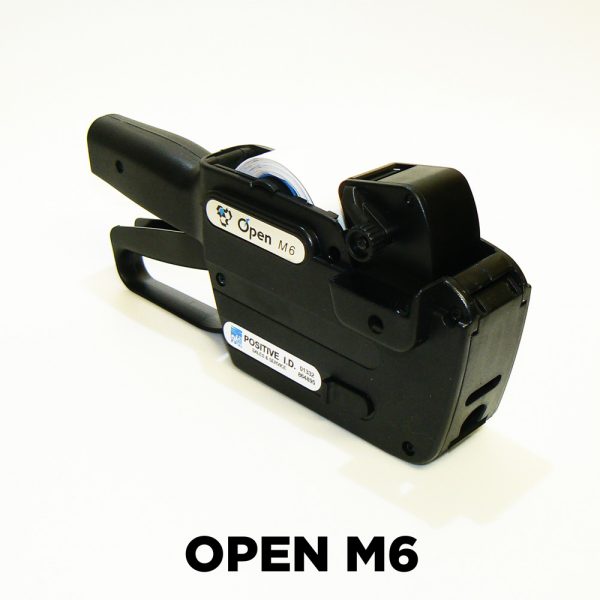







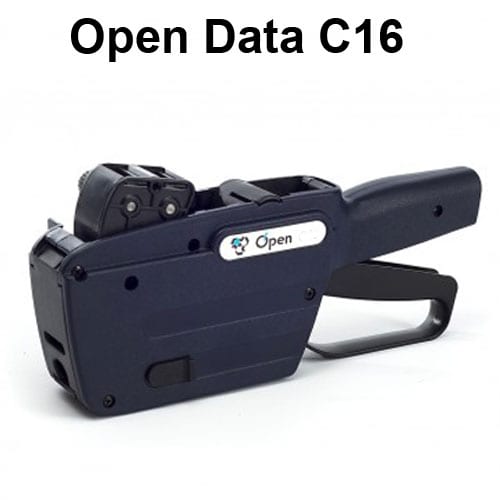



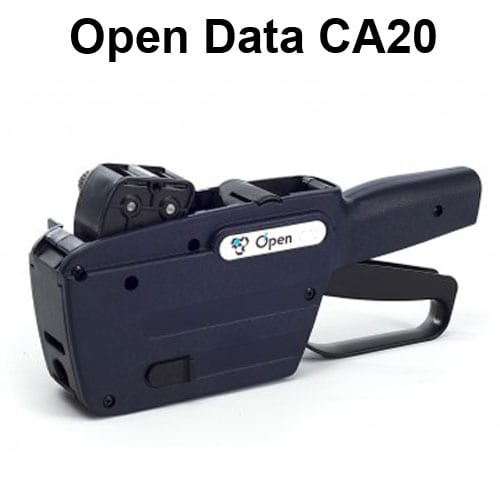

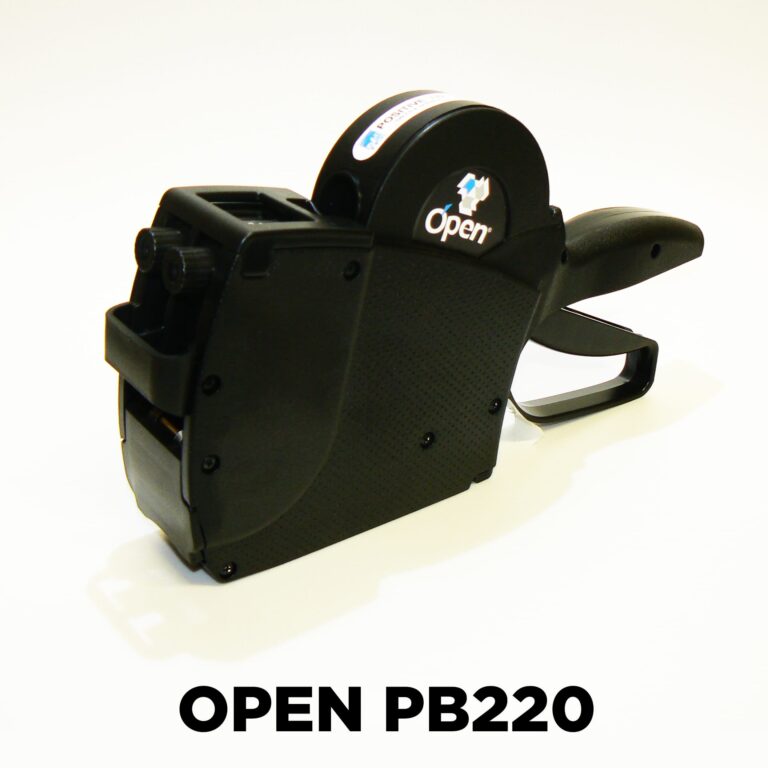


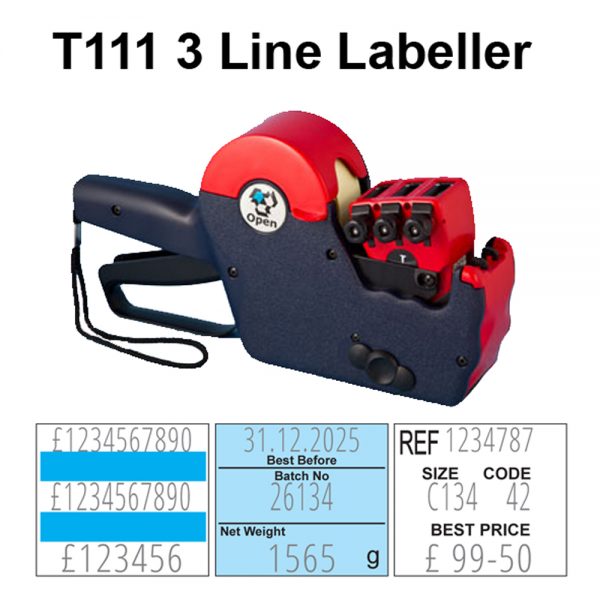
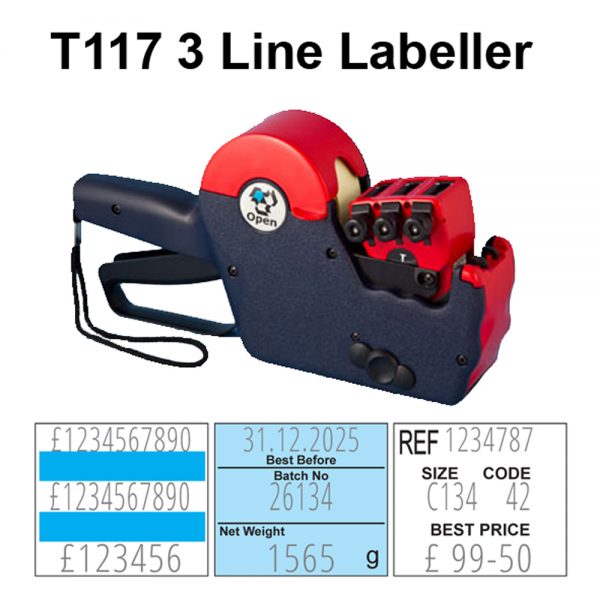










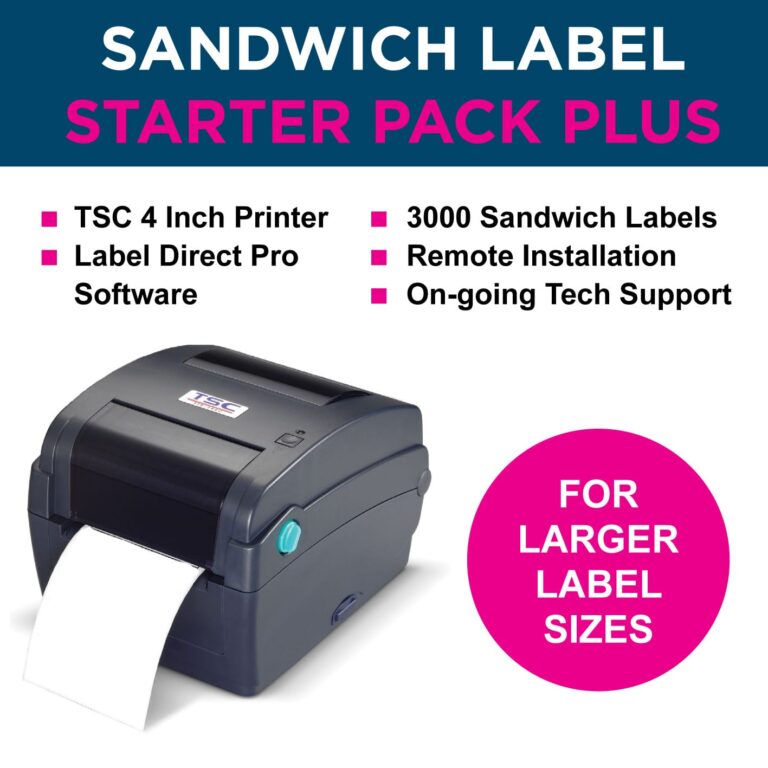
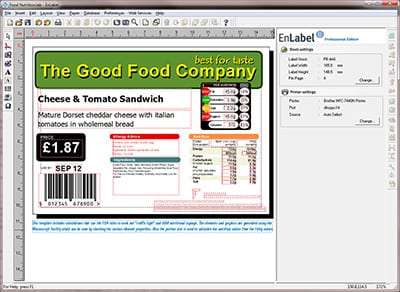
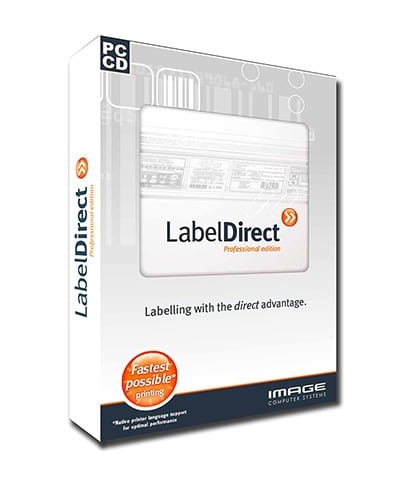
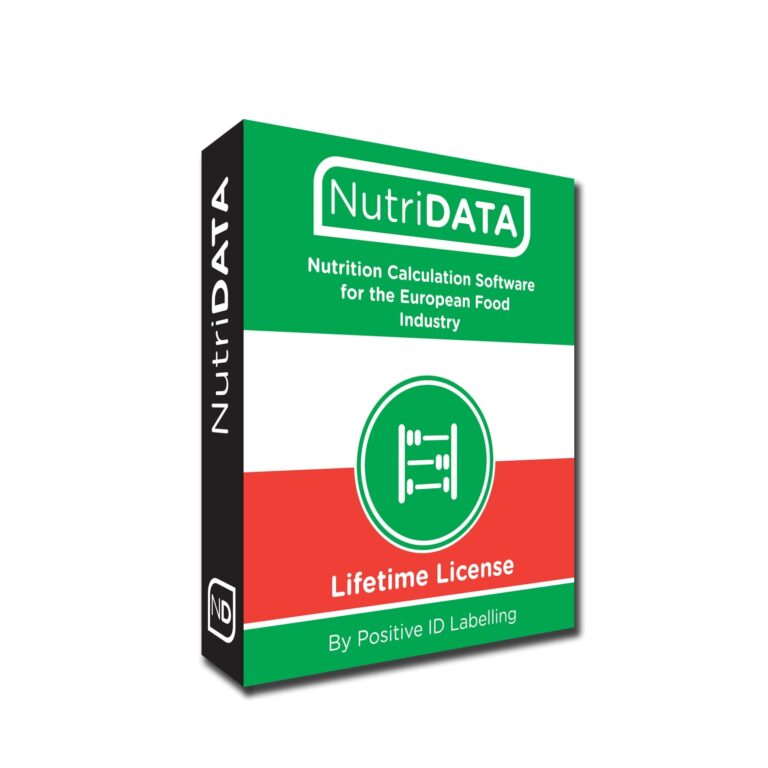



 Advanced encryption keeps your data safe and secure
Advanced encryption keeps your data safe and secure